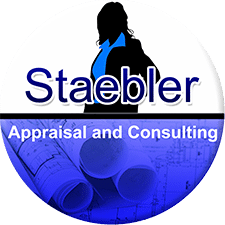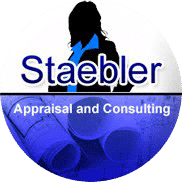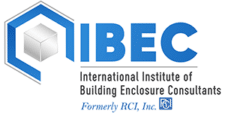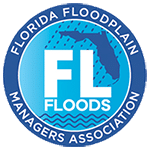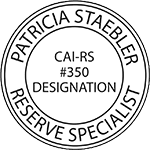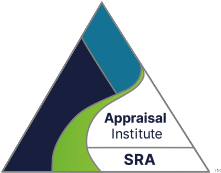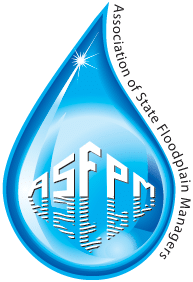Florida law requires condominium associations to have an appraisal prepared every three years to establish the insurable value of the building and site improvements.
Two professionals serve the association to insure your building properly and the ideal case is a flawless cooperation of appraiser and insurance agent. The appraisal report should be structured in a way which is easily understood and most importantly helps the insurance agent gain an immediate and complete understanding of the subject property.
The “Letter of Transmittal” should be followed by the “Certificate of Value”, which is an integral part of the appraisal report. It should clearly state the kind of value: shell replacement value for the hazard/wind insurance and the total replacement value, including the interior build-out for the flood insurance. No depreciation should be deducted from these two values, as the task is to appraise the replacement value of the building “as-is” today. The certificate of value has to be signed by a State-Certified General Appraiser with the display of rank and license number.
The valuation section should start with a narrative describing the improvements in detail, followed by photos and building sketches. This section will assist the insurance agent in understanding the main characteristics of the building, construction features and quality, special features like elevators, sprinklers, and commercial fire alarms, etc. The narrative should conclude with a description of the site improvements which can include pools, carports, and gazebos, not to forget laundry, storage or mail buildings.
Other important items in the report include the proper identification of the subject property with the physical address and the legal name of the condo association, the date of the inspection, the date of the report and the definition of value. The Uniform Standard of Professional Appraisal Practice (USPAP) also requires a description of the Scope of Work which helps the client and the insurance agent to understand clearly what steps were taken by the appraiser to reach the value conclusion.
In our coastal areas two other items in the report are very important: the flood map to identify if the subject property is in a high-risk wind or flood area and the map for the Coastal Construction Control Line (CCCL). Buildings in high-risk flood areas, high wind velocity areas and seaward of the CCCL can easily be 20 – 35 % more expensive than buildings in non-flood or low-risk flood areas. Although the insurance agent will know that the subject property is in a high-risk area, it is always better to mention it once more in the appraisal report as it points out the risk and helps the client understand that this risk translates into higher insurance rates.
The valuation section of the report should clearly demonstrate a separation of hazard and flood valuation. There are different cost construction softwares on the market and I personally prefer Marshall and Swift/Boeckh because it requires a lot of detailed information and thus results in very detailed valuations. But besides the valuation with the help of a software appraisers should interview local builders and developers regarding the current construction prices. There is simply no better evidence than the current construction price in the subject property’s area. The best case scenario is to find cost comparables, which should be similar to the subject property. Currently it is quite difficult to find comparables for condominium buildings, because the condo and multifamily market is vastly oversupplied which will not change for many years to come. However, the appraisal should at least contain price opinions from general contractors, builders and developers.
It is also important to keep close track with current material prices, which often are published by national cost estimate providers like Marshall and Swift or R. S. Means. This knowledge will contribute to a more accurate valuation.
Make sure that your next appraisal contains these main items and that your appraiser communicates with your insurance agent.
Patricia Staebler, SRA
State-Certified General Appraiser RZ2890
